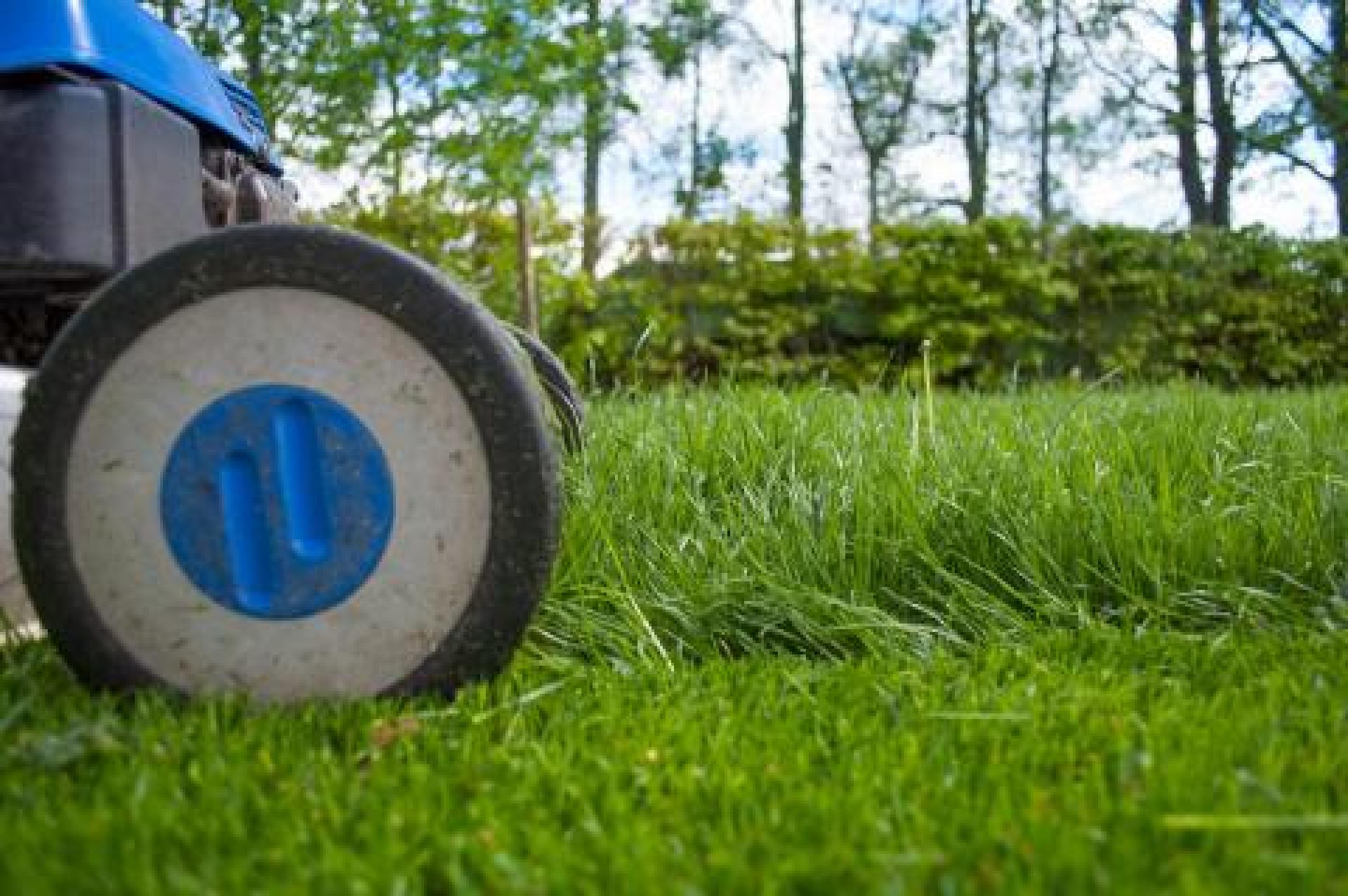You are here
No Mow May: Let's Cut Right to It
No Mow May: Let's Cut Right to It
By Thomas Christopher
One of the things I love about gardeners is the enthusiasm they typically bring to their craft. Enthusiasm, however, to be productive, must be based on a foundation of sound information. I was reminded of this recently when I spoke recently to ecologist Dr. Sheila Colla of York University in Toronto, Canada. She had some cautions for followers of one horticultural enthusiasm that has been very popular this year, the #NoMowMay movement.
I was approached this spring by a number of supporters of this movement, and found their aims praiseworthy. The idea is that by not mowing your lawn during the month of May, you allow early spring flowering weeds such as dandelions, white clover, and self heal (Prunella vulgaris) to bloom, thus providing pollen and nectar for pollinators at a time of year when these vital food sources can be scarce.
However, as an ecologist who studies native pollinators and their interactions with the environment, Dr. Colla pointed out some limitations to such a scheme in an article she co-authored with biologist and author Heather Holm, and Lorraine Johnson (a well respected garden writer who has also co-authored with Dr. Colla the soon-to-be published book A Garden for the Rusty-Patched Bumblebee: Creating Habitat for Native Pollinators: Ontario and Great Lakes Edition). The article, published in Rewilding magazine, was titled “The Surprising Downside of #NoMowMay.”
As well as teaching and conducting research on bees and other pollinators and their relationships with plants, Dr. Colla works with environmental NGOs, landowners, academic partners and government agencies at the municipal, provincial and federal levels to, as she puts on her university website profile, “implement conservation management based on the best available science.” She is sympathetic to the #NoMowMay program, but disagrees with some of the details.
In particular, she is not an unconditional fan of dandelions and other lawn weeds as sources of native pollinator food. Most of these lawn weeds are, like our popular lawn grasses, imports and not native to North America. The #NoMowMay movement started in Great Britain, Dr. Colla pointed out to me, and there the native bees and other pollinators have had much longer to co-evolve with Old World lawn weeds and grow better adapted to that diet. This is not the case in North America, however, at least not among our native pollinators such as native North American bees. Our insects co-evolved with native North American flowers, and are adapted to flourish on the mixes of nutrients these supply. The lawn weeds Dr. Colla described as more like fast food for North American pollinators. The weeds do supply calories, but not a balanced and complete diet. In particular, she cited a study of North American queen bumblebees which found that when they fed solely on dandelion pollen they resorted to eating their own eggs to make up that pollen’s protein deficiency.
Dr. Colla and her co-authors do praise the #NoMowMay movement for normalizing messier-looking, less strictly maintained and more biologically diverse lawns. She also noted that the extra spring food they provide can be useful to insects. However, she recommended as a superior source of spring foods early-blooming shrubs and trees such as native willows, red maples, and cherries. The exact planting list, she cautioned, should vary with the region, and she recommended becoming involved with local conservation organizations to learn about the best native pollen and nectar sources in your region.
Supporting the pollinators shouldn’t end with the last day of May, of course. “The Surprising Downside of #NoMowMay” advocates removing part of the lawn and replacing it with a garden of densely planted native annual and perennial flowers. Dr. Colla added in our conversation that the selection of flowers should include species that bloom throughout the season, such as late summer- to fall-blooming goldenrods and asters, as well as mid-summer bloomers such as sunflowers and coneflowers.
Dr. Colla also observed that our understanding of native pollinator interactions with native flowers is imprecise and that there is still a lot of research to be done on that subject. It seems essential to me to pursue that, for it is a sort of information that can give our enthusiasm as gardeners a much greater impact on our environment.
To hear more about this article and this subject, listen in to the rest of my conversation with Dr. Sheila Colla on the “Growing Greener” podcast.
Be-a-Better-Gardener is a community service of Berkshire Botanical Garden. Its mission, to provide knowledge of gardening and the environment through a diverse range of classes and programs, informs and inspires thousands of students and visitors each year. Thomas Christopher is a volunteer at Berkshire Botanical Garden and is the author or co-author of more than a dozen books, including Nature into Art and The Gardens of Wave Hill (Timber Press, 2019). He is the 2021 Garden Club of America's National Medalist for Literature, a distinction reserved to recognize those who have left a profound and lasting impact on issues that are most important to the GCA. Christopher’s companion broadcast to this column, Growing Greener, streams on WESUFM.org, Pacifica Radio and NPR and is available at berkshirebotanical.org/growinggreener.
Help Our Garden Grow!
Your donation helps us to educate and inspire visitors of all ages on the art and science of gardening and the preservation of our environment.
All donations are 100 percent tax deductible.


